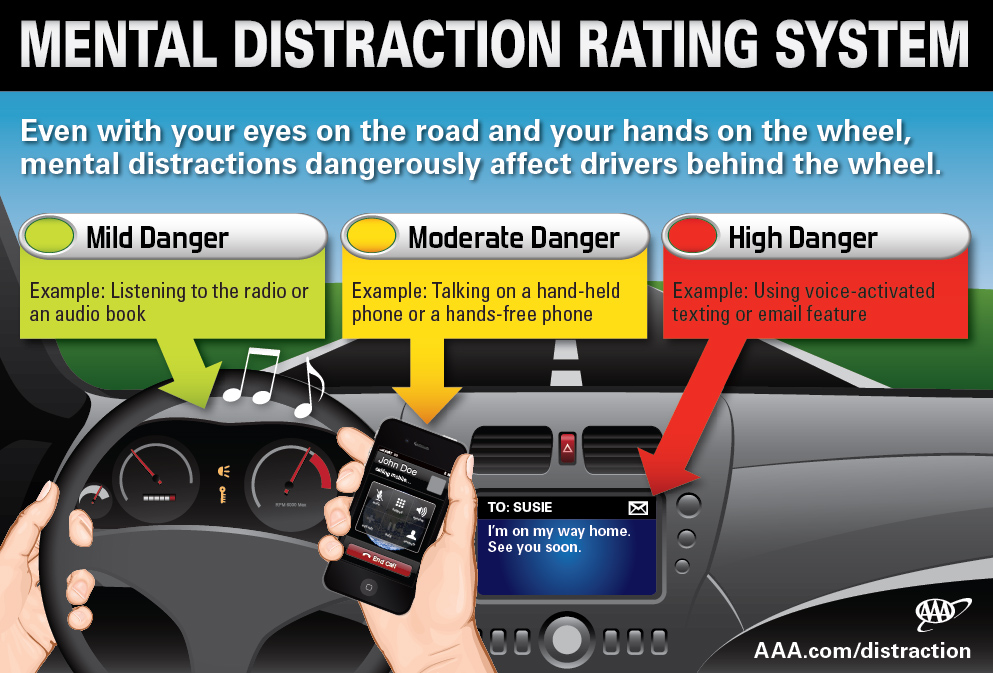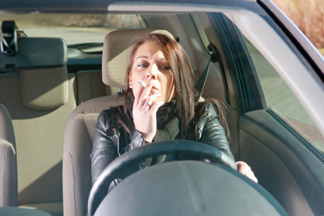
Distraction means the ‘drawing away of the mind or the drawing away of a person’s focus from the main task to other people, places or things.
Driving, as I used to enumerate in my teachings, is a complex task which involves the simultaneous use of several organs of the body (eyes, nose, ears, brain, hands and legs) in a continuously changing environment to gather and interpret information for appropriate decision making so as to ensure effective and safe vehicle control.

Taking a deep look at the definition of driving as earlier explained, it implied that distraction is an HAZARD to safe driving which every motorist and rider must avoid no matter the pressure or temptation.

While driving (or riding), the eyes of the drivers must be devoted to scanning the road and the road environment (front, back, right and left) to get the big picture and also pay attention to details, gather information about potential threats so as to be able to take appropriate actions to avoid accidents.

The ears must be at alert to gather information about sounds inside or around the vehicle. The nose must also be at work to gather information about the odor of burning cables, fuel leakages, dry water radiators and other information.
In the same vein, the brain must be ready at every point in time to interpret every information gathered by the eyes, ears and nose and transit them into action for the hands and legs to readily take to avert disasters on the road.
Therefore, anything or any activity which interferes with the alertness or readiness of the eyes, ears, nose, brain, hands and legs to be alert and function appropriately either in information gathering, interpretation or action constitutes a distraction.

Such distractions include the following:
- Turning the eyes away from the path of travel to look at a person or things for more than one or two seconds.
- Operating a satellite navigator or reading direction map while driving.
- Making or receiving phone calls while driving (including hand free).
- Reading or sending text messages while driving.
- Chatting on the phone while driving.
- Caressing an opposite sex with one hand while driving.
- Adjusting radio stations, CDs or DVDs while driving.
- Watching videos or films or the dashboard screen while driving.
- Looking at children or pet on the back seat of the vehicle while driving.
- Gazing at the face of the passenger(s) you are discussing with in the vehicle while driving.
- Quarreling or arguing with Passenger(s) in the vehicle.
- Fixing earphone into the ears while driving is distracting the ears from hearing what they need to hear to ensure the right information are gathered.
- Putting one leg on the seat, dashboard or elsewhere instead of the floor in case of automatic transmission cars.
The above mentioned are some of the actions that constitute distraction and must be avoided to ensure alertness in hazard perception, interpretation of information for effective and safe vehicle control. The traffic law enforcement agencies need to be more proactive in arresting and prosecuting the violators of the laws on distraction and other traffic offences. This will go a long way in enhancing the safety- consciousness of drivers for safe driving.
SOURCE: thenationonlineng.net
